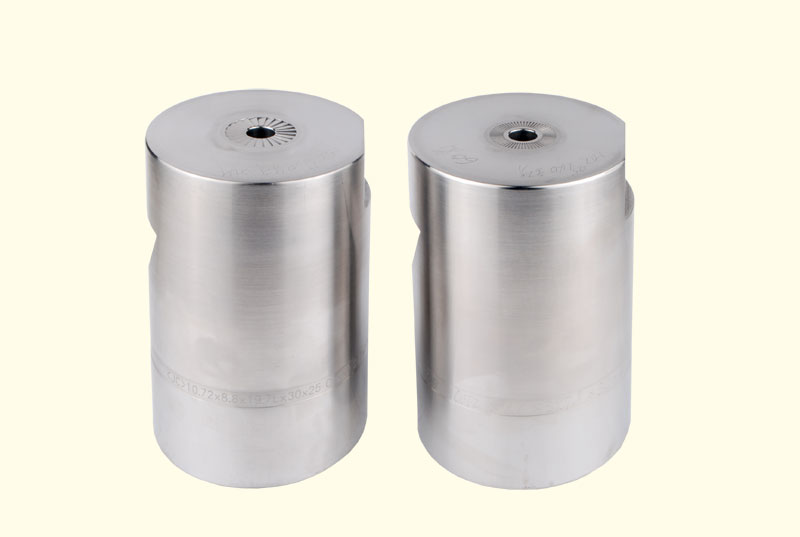
The longest-reigning orthodox dynasty of China was the Zhou dynasty, ruling for a total length of 789 years, albeit it is divided into the Western Zhou and the Eastern Zhou in Chinese historiography, and its power was drastically reduced during the latter part of its rule. The word "dynasty" is usually omitted when making such adjectival references. For example, porcelain made during the Ming dynasty may be referred to as "Ming porcelain". Accordingly, a dynasty may be used to delimit the era during which a family reigned, as well as to describe events, trends, personalities, artistic compositions, and artifacts of that period. ĭividing Chinese history into periods ruled by dynasties is a convenient method of periodization. Dynasties of China were not limited to those established by ethnic Han-the dominant Chinese ethnic group-and its predecessor, the Huaxia tribal confederation, but also included those founded by non-Han peoples. 2070 BC to the abdication of the Xuantong Emperor on 12 February 1912 in the wake of the Xinhai Revolution, China was ruled by a series of successive dynasties. From the legendary inauguration of dynastic rule by Yu the Great c.

Without proper rendering support, you may see question marks, boxes, or other symbols instead of Manchu alphabet.ĭynasties in Chinese history, or Chinese dynasties, were hereditary monarchical regimes that ruled over China during much of its history.


 0 kommentar(er)
0 kommentar(er)
